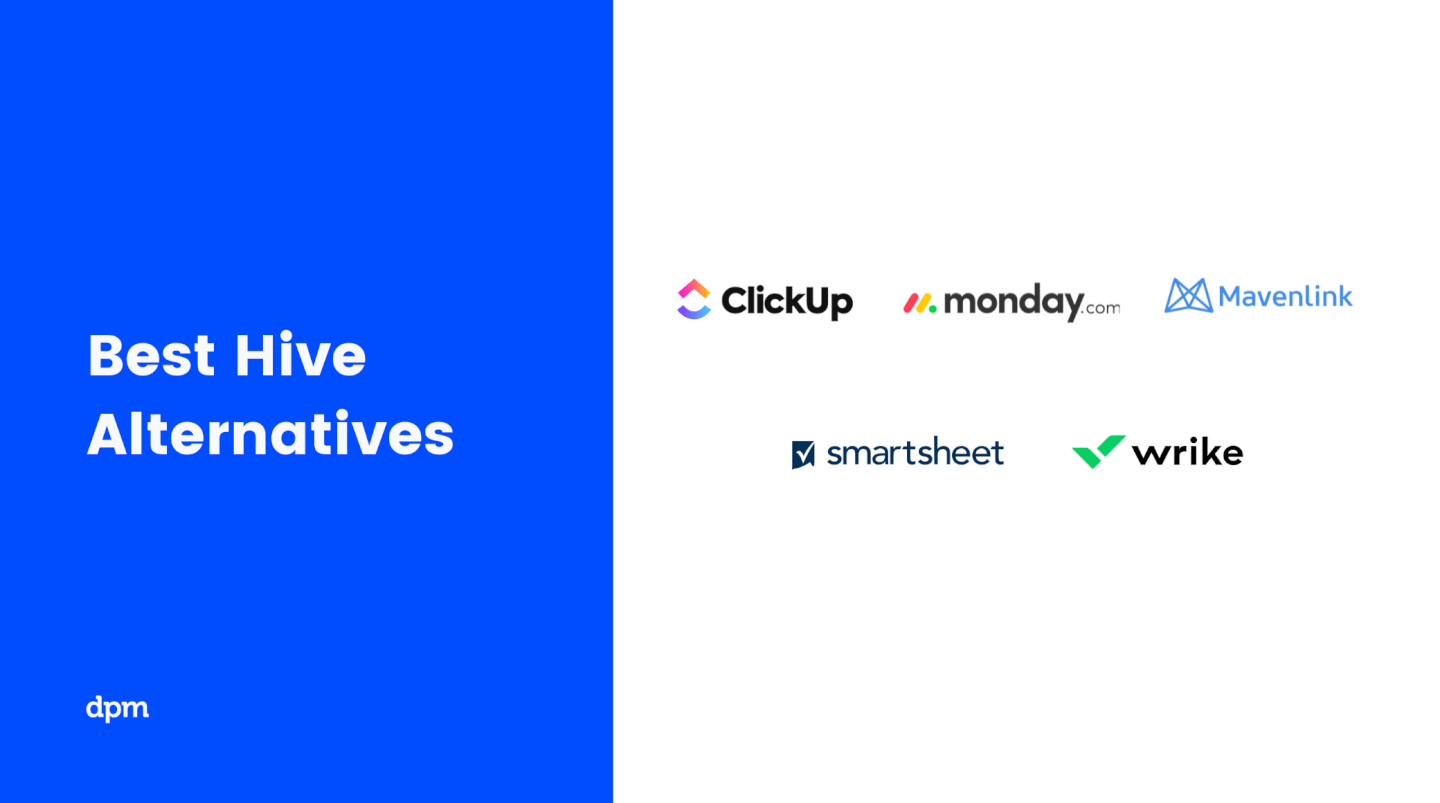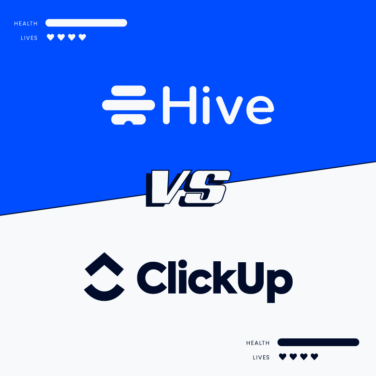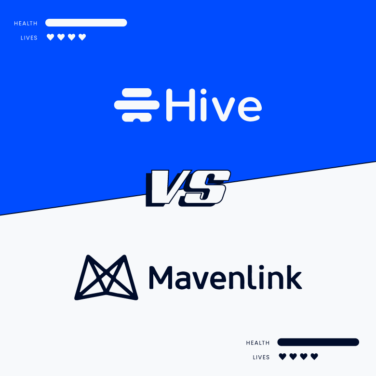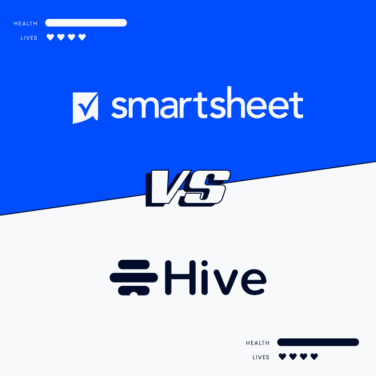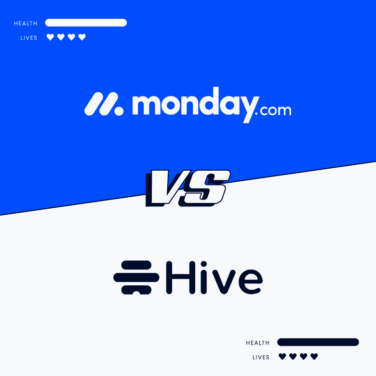Introduction
Hive and Wrike are project management software that users often compare because of their similar features. However, although they share some features, they also have differences that make them stand out. In this article, I will walk you through the similarities and differences between the two so you can see what each software has to offer.
My goal is to provide you with everything you need to know to decide which project management software will work best for you.
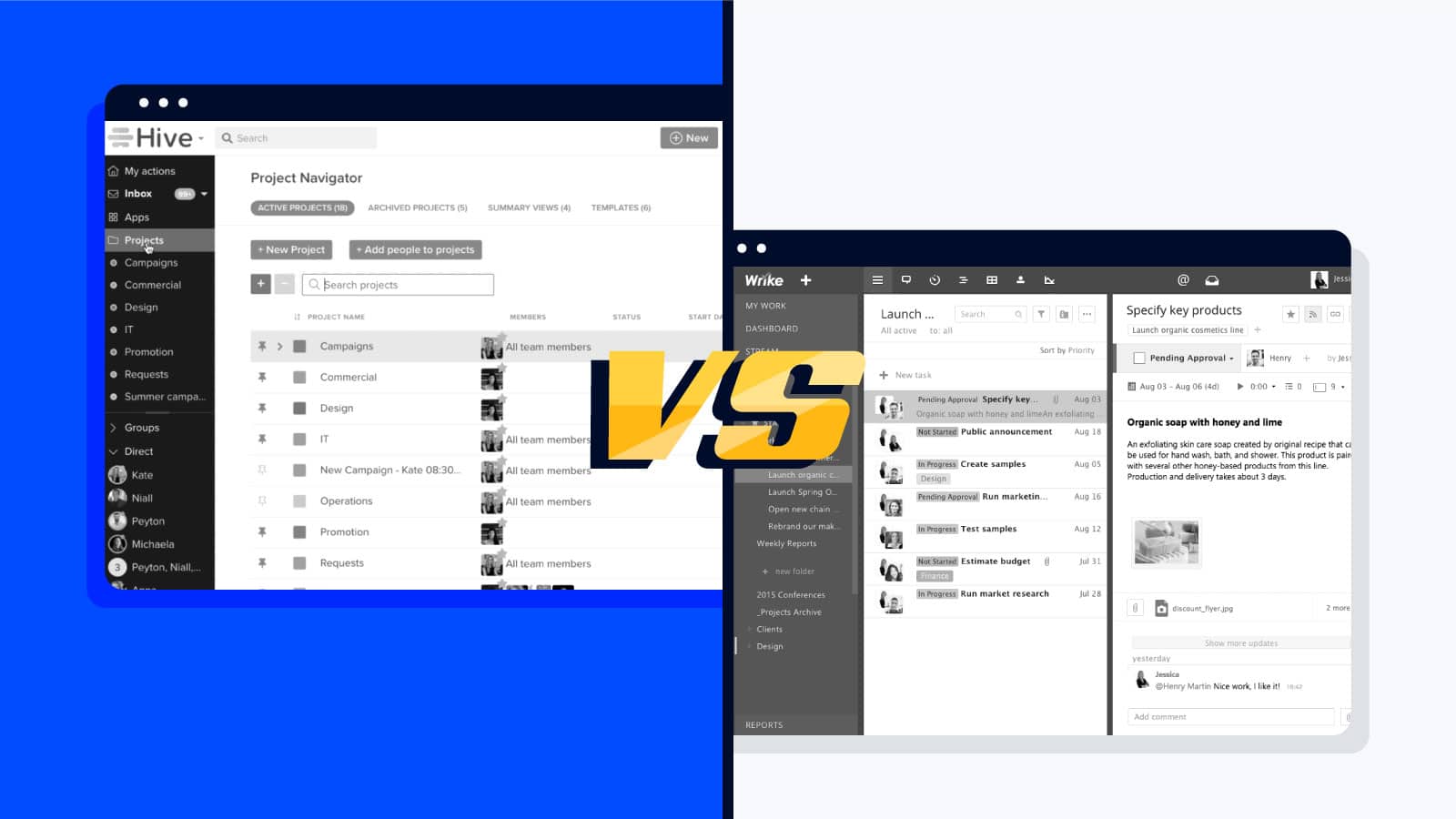
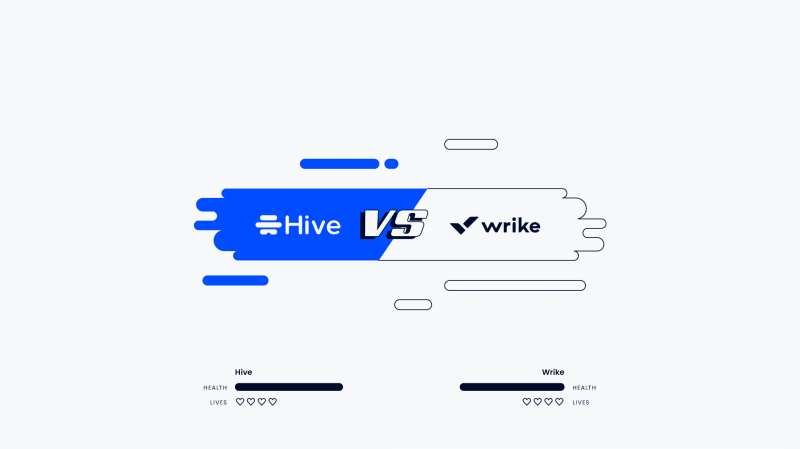
Expert Summary: Hive vs Wrike
Hive and Wrike are user-friendly project management software users can employ if they need work management, resource management, portfolio management, project planning, proofing, and task management tools. Users of Hive and Wrike can also customize their programs by integrating third-party apps such as Trello, Slack, Asana, Jira, and Microsoft Teams. Tech-savvy teams or those with a dedicated IT department can also develop apps and integrate them into Hive and Wrike using each’s flexible API.
Hive would be best for companies or freelancers that work on multiple projects and clients because of its unlimited storage space.
Wrike would be best for companies with many employees because it allows adding an unlimited number of users.
Side by Side Comparison Of Hive and Wrike
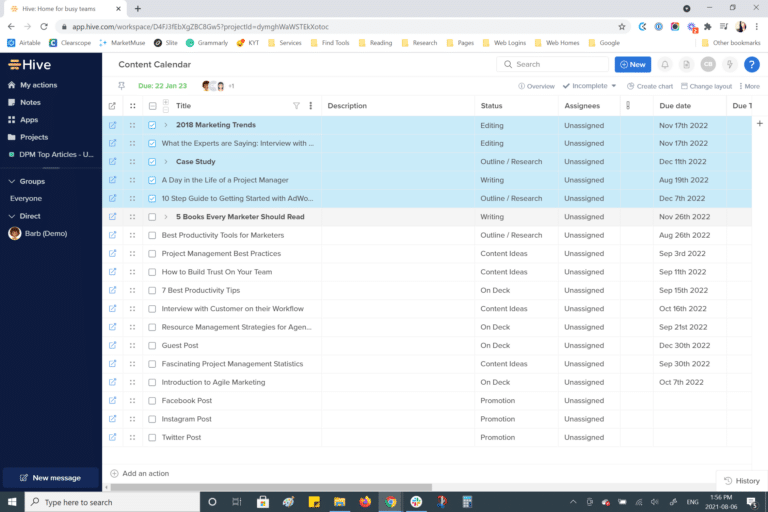
Hive is a SaaS project management and productivity platform with specialized in-app messaging to replace the likes of Slack, Google Hangouts, or text messaging. It also acts as a workforce management solution with file sharing, resource scheduling, idea mapping, and project planning capabilities to help users conceptualize and execute projects efficiently. Through Zapier, Hive users have access to a wide range of applications that they can use to augment native apps, ensuring that they have the proper tools in delivering services.
Hive has a free forever plan for up to two users with unlimited storage.
From $1/user/month (billed annually)
14-day free trial

Wrike is a SaaS project management tool that can help users plan, execute and assess projects. It supports the integration of third-party apps and programs such as GitHub, Asana, Microsoft Teams, Outlook, Jira, and Dropbox, allowing users to customize their programs depending on their needs. Wrike supports file sharing making it easier for users to work with other team members while maintaining privacy and data integrity.
Wrike has a free plan with unlimited users and 2GB storage per account.
From $9.80/user/month
Free plan available
Hive Vs Wrike Feature Comparison
Hive vs Wrike Comparison Criteria
How did I come up with this comparison article? Here are the criteria I used to provide you with a thorough comparison between Hive and Wrike.
-
Feature list
What do you get, and what do you not get? -
Use cases
What are the most effective use cases for this feature set? -
Ease of use
Is it easy to learn and master? -
Integrations
Is it easy to connect with other tools? -
Customer support
Can you get help easily and quickly? -
Price
How appropriate is the price for the tool?
Differences Between Hive and Wrike
Hive users can use focus mode to mute messages and notifications to concentrate on an urgent task or project, whereas this feature is not available in Wrike.
Hive notes can help users take comprehensive notes during meetings and planning sessions and automatically convert those notes into action items. This feature is not available in Wrike.
Hive enables users to activate or deactivate apps or programs by toggling a button, whereas Wrike users cannot disable programs without uninstalling them.
Hive has a native live chat feature that allows users to save time and improve teamwork by immediately connecting. Wrike users need to integrate third-party chat apps.
Hive’s enterprise plan provides users with unlimited storage space, while Wrike’s enterprise plan only gives 10GB of storage space per user.
From $1/user/month (billed annually)
14-day free trial
Wrike has ad hoc reporting functionality allowing users to temporarily grant reporting rights to other team members in exceptional cases to ensure business continuance. Hive doesn’t have this functionality.
Wrike has a vendor management feature that helps users efficiently complete projects through smooth coordination with contractors and suppliers. This feature is not available in Hive.
Wrike users can still view read notifications to get back at them if they need to prioritize other tasks. Hive notifications disappear after reading.
Wrike has a free plan with unlimited users, making it ideal for large businesses, while Hive’s free plan is only for two users.
Wrike has mobile time tracking capability so users can log time spent on fieldwork, ensuring accurate and real-time timekeeping. Hive users need a third-party app for mobile time tracking.
From $9.80/user/month
Free plan available
Similarities Between Hive vs Wrike
- Hive and Wrike both allow the integration of third-party programs and applications. Users can customize their programs by adding tools vital to their business operations
- Hive and Wrike both have bug tracking capabilities enabling users to keep a record of issues they encounter to get them fixed.
- Hive and Mavenlink both have time-tracking abilities for more efficient billing and invoicing. It also allows users to track in real-time how much team members spend on tasks.
- Hive and Wrike both have customizable templates, allowing users to create custom templates depending on a client or project’s needs.
- Hive and Wrike users can create workspaces for projects and clients. Workspaces provide privacy to team members since only team members can share files, work on tasks and view project details.
- Hive and Wrike both provide customer support to users so issues and inquiries can receive professional assistance. Users can get customer support via chat, email, or phone.
- Hive and Wrike both use Kanban boards and Gantt charts to provide customers with a visual representation of project progress so they can prioritize tasks that need immediate attention.
- Hive and Wrike both use agile methodologies so team members can measure their team’s performance and minimize risks that can affect project completion.
- Hive and Wrike both have business process automation functionality so users can automate menial tasks and repetitive tasks. Workflow automation can also help free time for more important tasks.
- Hive and Wrike both allow users to create subtasks. This task management tool helps break down tasks into smaller components for faster completion.
Best Use Cases for Hive vs Wrike
-
Remote work
Use Hive to stay productive and collaborate with your team no matter where you are. -
Creative agencies
Use Hive to prep project pitches, approve assets and make it easier to communicate with clients. -
Marketing
Use Hive to manage projects and assign tasks associated with creative and technical marketing campaigns. -
Operations management
Use Hive to collect information, build resource management templates, and automate workflow processes. -
Startup companies
Use Hive to organize new projects, navigate your backlog, and easily scale once the company starts growing. -
Nonprofits
Nonprofits and NGOs can contact Hive for pricing discounts that better suit limited budgets.
-
Agile Project Management
Use Wrike to build Kanboard and customized workflows to best suit your Agile project management team. -
Client Management
Use Wrike for adept client management and professional services with collaborative planning tools, full project visibility, and automated approvals. -
Remote Work
Use Wrike to organize a remote workforce with in-browser and smartphone app access for a go-anywhere digital workspace. -
Business Process Management
Use Wrike to create customizable, sharable dashboards that enable team leads to monitor and improve processes. -
Event Planning
Use Wrike to visualize your event checklist and keep the whole team’s calendars automatically in sync. -
Product Roadmap
Use Wrike to visualize each roadmap stage using easy-to-build Gantt charts that highlight project launch priorities. -
Creative Teams
Use Wrike to organize creative requests, visualize your workload, clarify feedback, and publish assets with ease. -
Marketing Teams
Use Wrike to optimize digital ROI with instant insights into up to 50 channels including all popular social platforms. -
IT Teams
Use Wrike to build custom request forms for all IT ticket requests that can be set up to automatically turn data into tasks.
Hive vs Wrike Pricing Comparison
This side-by-side price comparison shows Hive’s price compared to Wrike.
Hive Pricing
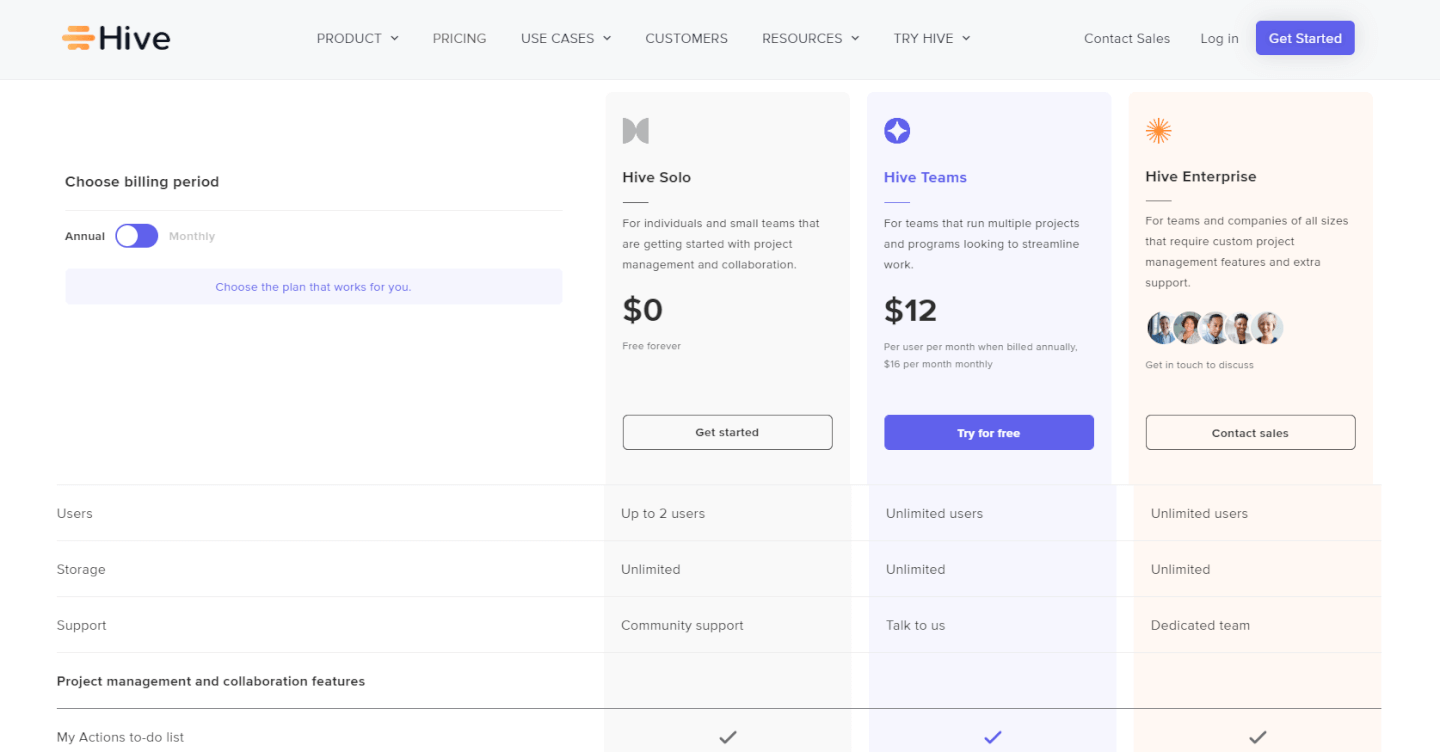
Wrike Pricing
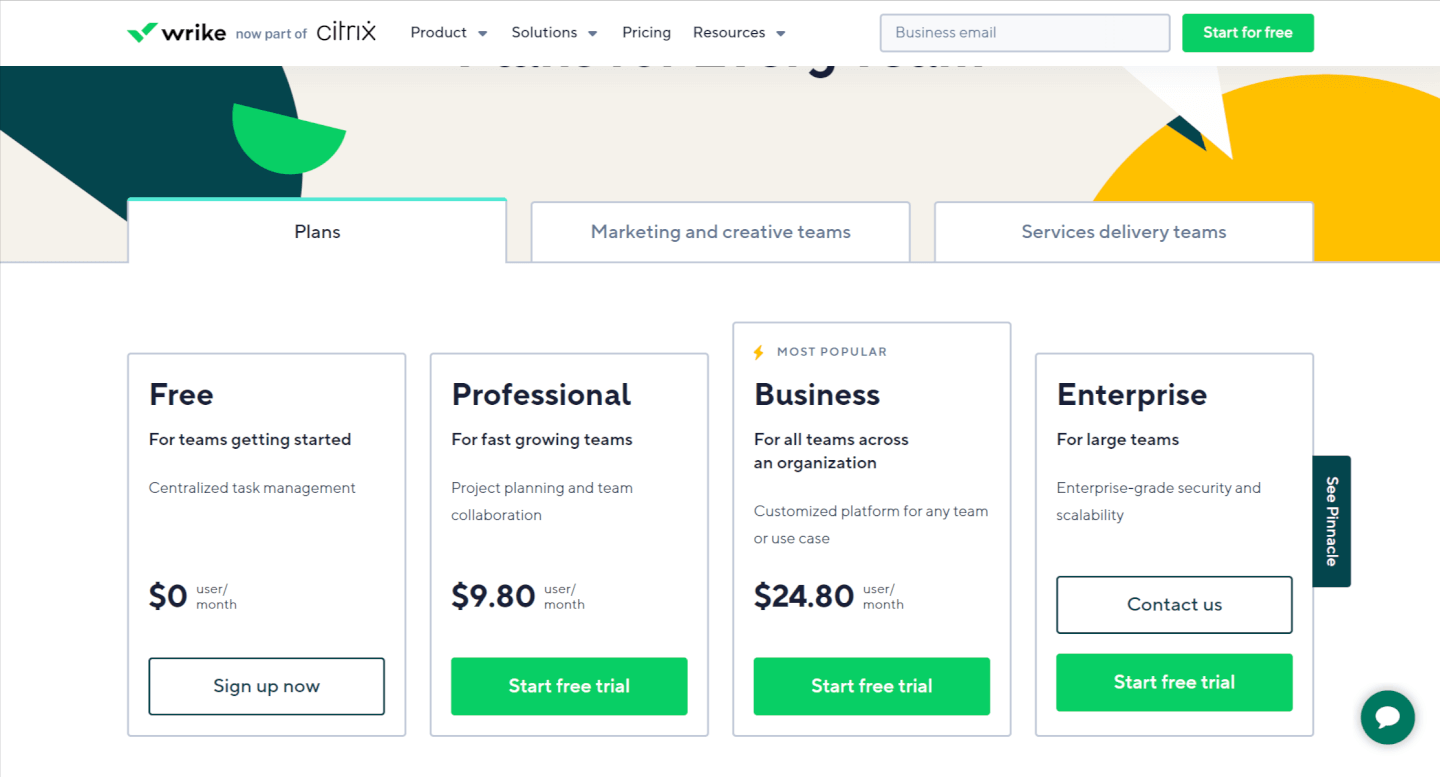
Alternatives to Hive and Wrike
Other Hive and Wrike Software Comparisons
If you’re still looking at the options for professional services automation software, check out our comparison with other tools.
Hive Comparisons
Here are some other project management software comparisons with Hive:
Wrike Comparisons
Here are some other project management software comparisons with Wrike:
The Takeaway
In closing, Hive is a project management software ideal for users who deal with multiple clients and projects because it comes with unlimited storage space. On the other hand, Wrike is best for large businesses because of the unlimited number of users that the program can accommodate even on a free plan.





